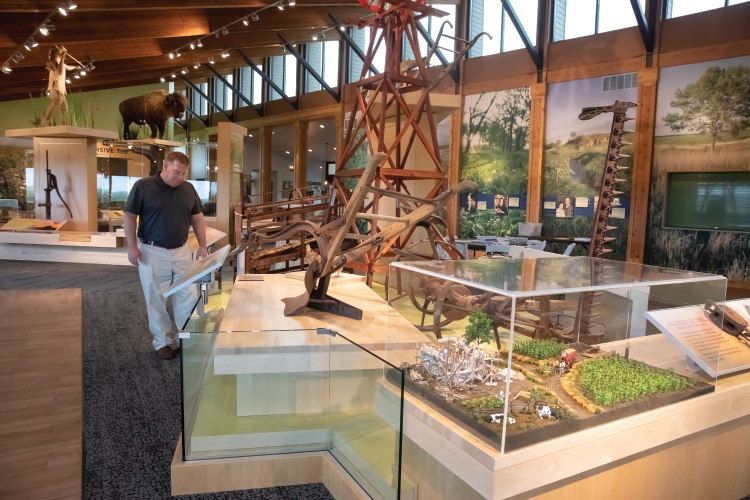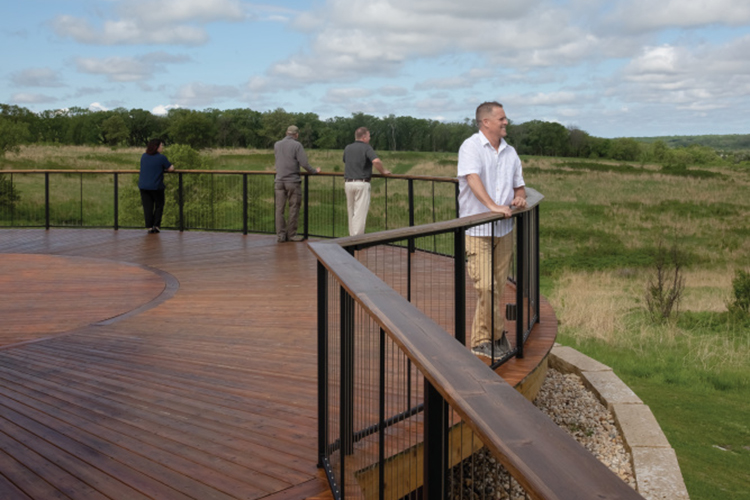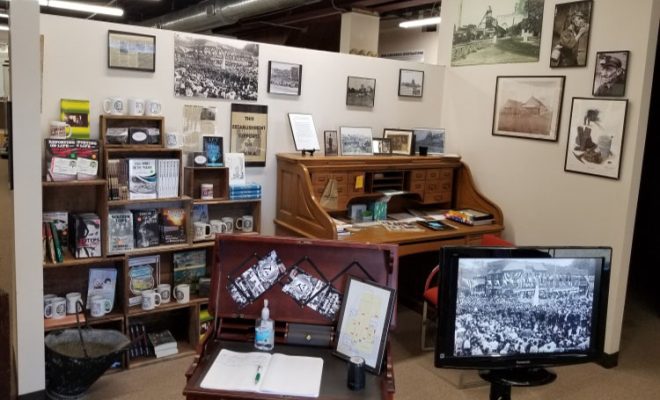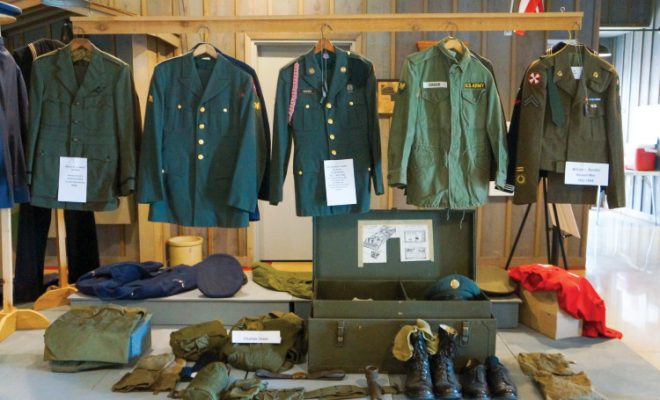
Spring is traditionally regarded as a time of renewal. At Jarrett Prairie Center situated in the Rock River Valley of north-central Illinois, renewal is continuous. Visitors witness the regeneration of tallgrass prairie, see nesting meadowlarks re-establish their natural habitat and watch monarch butterflies complete critical stages of their life cycle.
Visitors to the center’s natural history museum in northern Ogle County learn another important fact: They are observing one of the world’s most rare ecosystems.
“The tallgrass prairie is even more rare than rainforests in South America,” says Mark Herman, superintendent of education for the Byron Forest Preserve District, which includes the Jarrett Prairie Center.
The Illinois prairie alone, which was once home to bison and Sauk and Fox Indians, stretched over 22 million acres. As European settlers moved west clearing land to farm in the 1800s, the area shrank. Today’s tallgrass prairie is only 2,000 acres.
“The area has not only gotten smaller, it has shifted the animal, bird and insect species present. That is part of the preservation need story we share,” Herman says.

Preserving the Prairie
Jarrett Prairie Center was developed in 1980 to protect and renew the natural tallgrass prairie. The museum, which sits among the 400 acres of prairie restoration, was added in 1991. Another renewal of sorts took place in 2016, when the building was gutted and expanded to refresh exhibits. The new space offers 4,000 square feet of activities that take visitors from prehistoric times to the present.
“We added an immersive theater that shares a six-minute video about local prairie ecology. The video discusses how prairies work, the importance of fire to renewal, invasive species, and the insects and birds that live here now,” Herman says.
With the video as an explanatory foundation, visitors can take a self-guided tour of the historical dioramas, maps of all the prairies in the Rock River area, fossil exhibits and even view a full-size bison bull exemplary of the type that used to roam the prairie.
Fun Fact
Interactive exhibits include the popular “wolf’s den,” a carryover from the old museum, that is in a replica bur oak tree. Children explore under the tree to see what animals live in the ecosystem. A new agriculture exhibit lets visitors design their own farm. Herman says they make a concerted effort to tie local prairie history to agriculture, talking about John Deere’s steel plow, for example, and working together for the future.
“The new museum serves as a resource for education, as well as a center for ecotourism, promoting an understanding about the importance of natural lands in the Rock River region,” Herman says. “We work with local school districts to mirror their STEM curriculum so teachers can follow lesson plans with students on field trips.”
Also included in the renovation is a 2,600-square-foot outdoor observation deck with views of the preserve used as a unique rental space for weddings and concerts.
Recreation opportunities are also part of the Jarrett Prairie Center, along with eight other preserves associated with the Byron Forest Preserve District. Visitors can hike in the Bald Hill Prairie Preserve, which contains the largest tree of any species in the state, an Eastern cottonwood that stands 122 feet tall. Other preserves in the district include wetlands and woodlands, and activities include equestrian sports, kayaking, picnicking, cross-country skiing, fishing and more.
Jarrett Prairie Center Museum Location: 7993 North River Road in Byron, Illinois Phone: (815) 234-8535, Ext. 200 Hours: Open Monday, Wednesday and Friday 8:30 a.m. to 4 p.m.; Tuesday and Thursday 8 a.m. to 8 p.m.; and Saturday and Sunday 9 a.m. to 4 p.m. Check the website for holiday closures. Admission is free and tours are self-guided. Hours may vary due to private rentals. Events: Check the online calendar throughout the year for seasonal events. Spring provides many occasions, weather permitting, for the center to organize special hikes, canoe trips, animal tracking and birding sessions. Watch the calendar for a Maple Syrup Festival in March, when visitors can watch as maple trees are tapped, participate in making syrup and even purchase some of the sweet nectar to take home.If You Go




